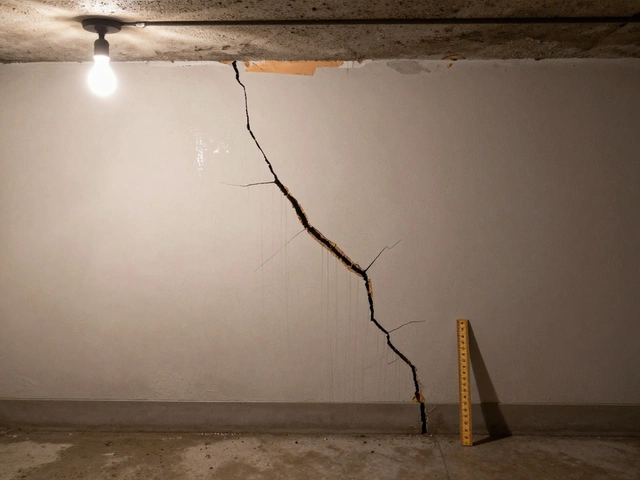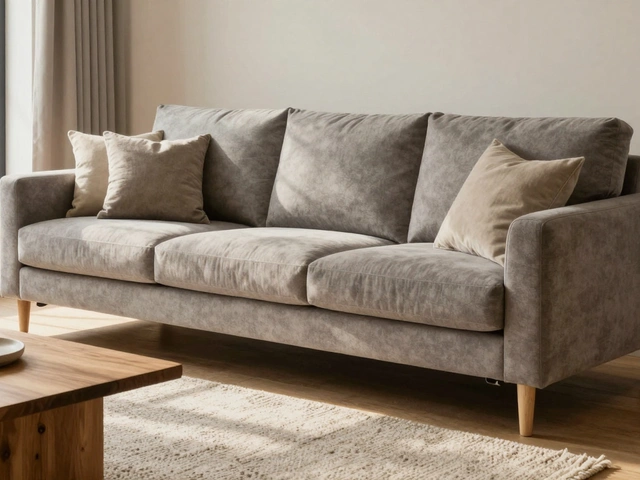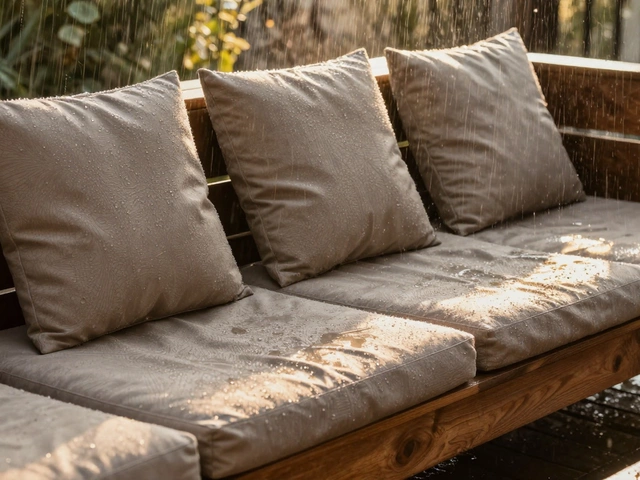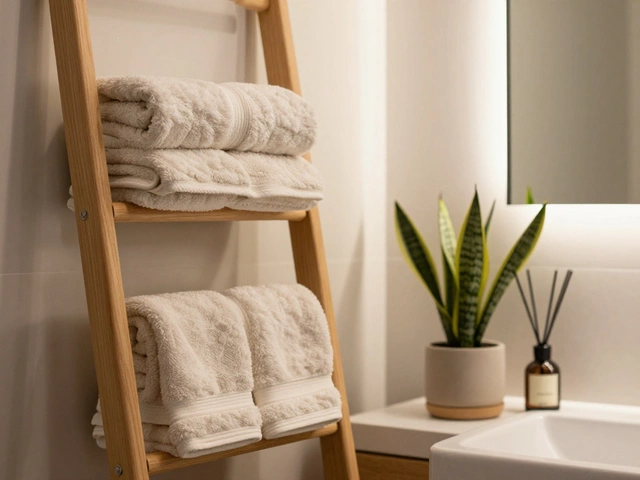Mattress Support Essentials for Better Sleep
When working with mattress support, the system that holds and distributes weight across a mattress. Also known as bed foundation, it determines how well a mattress performs over time. Good support reduces sagging, improves spinal alignment, and extends the life of your mattress.
One key player in this setup is the bed frame, a sturdy platform that can be slatted or solid. A solid frame works best with a box spring, a spring‑filled base that adds bounce and height. Both entities influence the foam mattress, a flexible, pressure‑relieving sleeping surface by providing even contact and preventing dead zones.
Why Proper Mattress Support Matters
Strong mattress support is tied directly to sleep ergonomics, the science of maintaining neutral spine posture during sleep. When a mattress is set on an uneven or weak foundation, the spine may twist, leading to back pain or restless nights. This simple truth connects three entities: the mattress, its support system, and the sleeper’s health.
Another link exists between support and furniture longevity. A well‑matched bed frame and box spring keep the mattress from developing permanent indentations. In turn, this reduces the need for early replacement, saving you money. Think of it as a cycle: good support → less wear → longer lifespan → better value.
Choosing the right support also depends on the type of mattress you own. Innerspring models thrive on a solid platform, while memory foam or latex styles benefit from slightly flexible slats that allow airflow. The difference is a classic subject‑predicate‑object triple: "A memory foam mattress requires flexible slats for optimal breathability." If you ignore this, you might end up with a hot, uncomfortable night.
Space constraints introduce another factor: storage. Many homes use under‑bed storage solutions, and the chosen support must accommodate bins without compromising stability. For example, a platform bed with spaced slats offers room for boxes while still supporting the mattress evenly. This demonstrates the entity connection between mattress support, storage solutions, and room organization.
Budget-friendly options exist, too. A basic wooden frame paired with a sturdy plywood board can replace an expensive box spring while still delivering the needed support. This approach shows how the central entity (mattress support) can be achieved through different configurations, linking the concepts of cost, material choice, and performance.
Durability isn’t the only benefit. Proper support can improve sleep quality by reducing motion transfer. If you share a bed, a stable foundation means you’re less likely to feel your partner’s movements. Here, the semantic triple reads: "Stable mattress support reduces motion transfer, which enhances shared‑sleep comfort." This ties the support system directly to relationship comfort.
Maintenance matters as well. Regularly check slats for cracks, tighten bolts on the frame, and replace a worn‑out box spring every 8‑10 years. These actions keep the support system in top shape, preventing premature mattress sagging. This creates a loop: maintenance → consistent support → prolonged mattress health.
When selecting a new support system, consider the room’s aesthetic. Modern designs favor low‑profile platform beds that blend with minimalist decor, while traditional homes may prefer a raised frame with a classic box spring. Aesthetic choice doesn’t have to sacrifice performance; many platforms incorporate reinforced bars that meet the same structural standards as a traditional frame.
Finally, remember the health angle. People with specific conditions—like arthritis or chronic back pain—should prioritize a support system that offers firm, even pressure distribution. Consulting a sleep specialist can help you match the right combination of mattress type, support level, and even pillow choice for a holistic sleep solution.
Below you’ll find a curated list of articles that dive deeper into related topics: DIY furniture upgrades, storage hacks, bedroom styling trends, and more. Each piece adds a piece to the puzzle of creating a comfortable, functional sleeping environment, so keep reading to uncover practical tips you can apply right away.
Is Sleeping on a Sofa Bed Bad for Your Back? Comfort, Science, and Real-Life Tips
Thinking about crashing on a sofa bed? Get the facts on how it affects your back, comfort tricks, and science-backed tips to protect your spine.
full article




